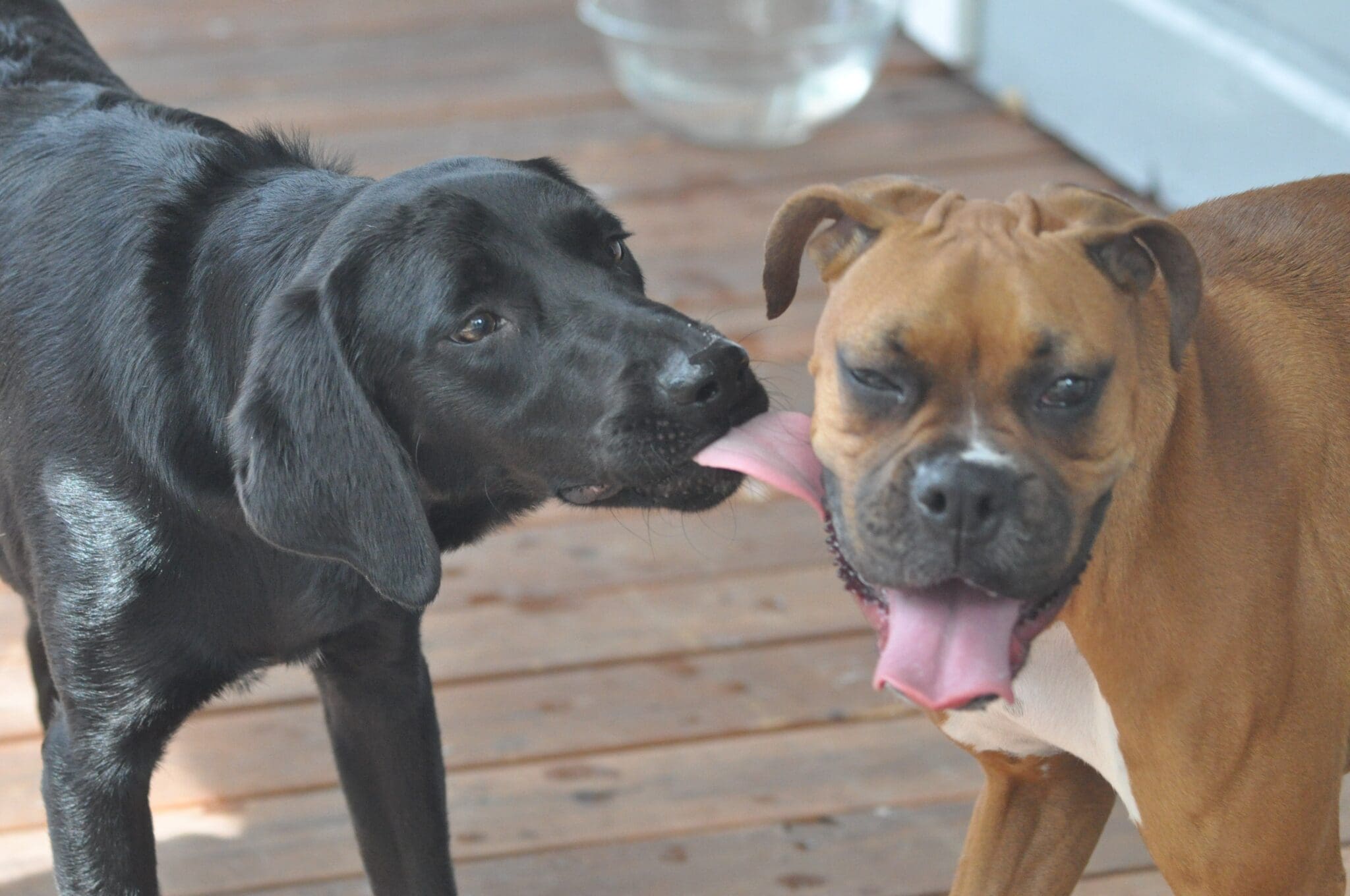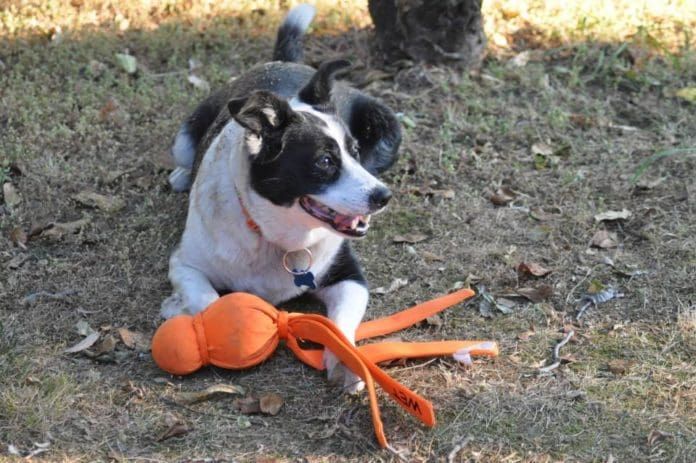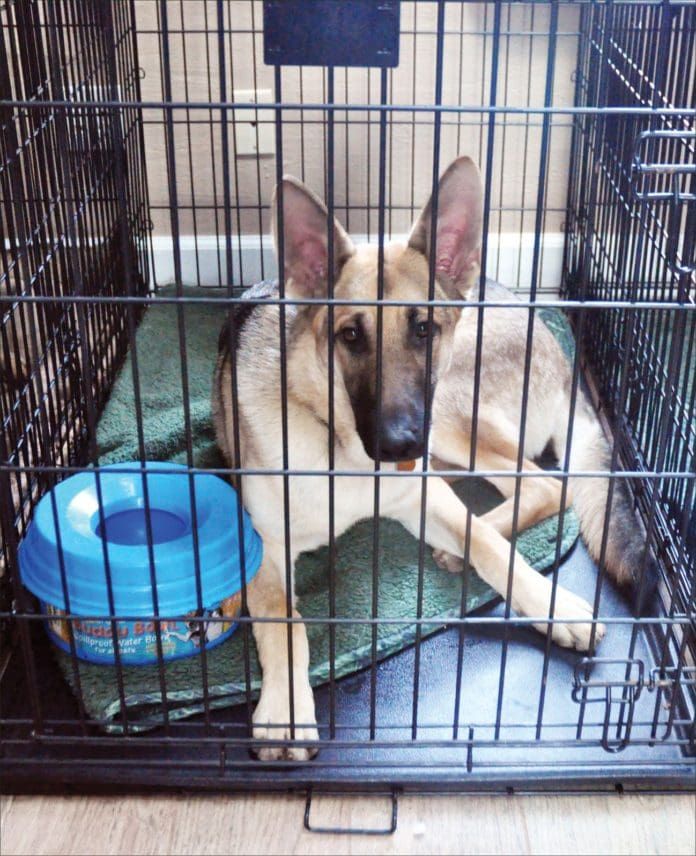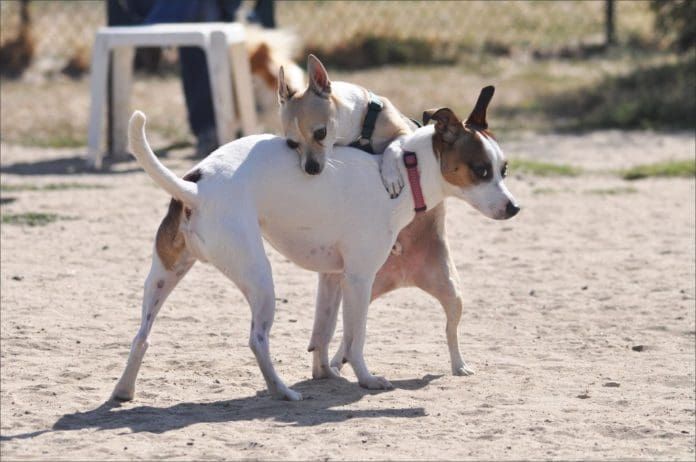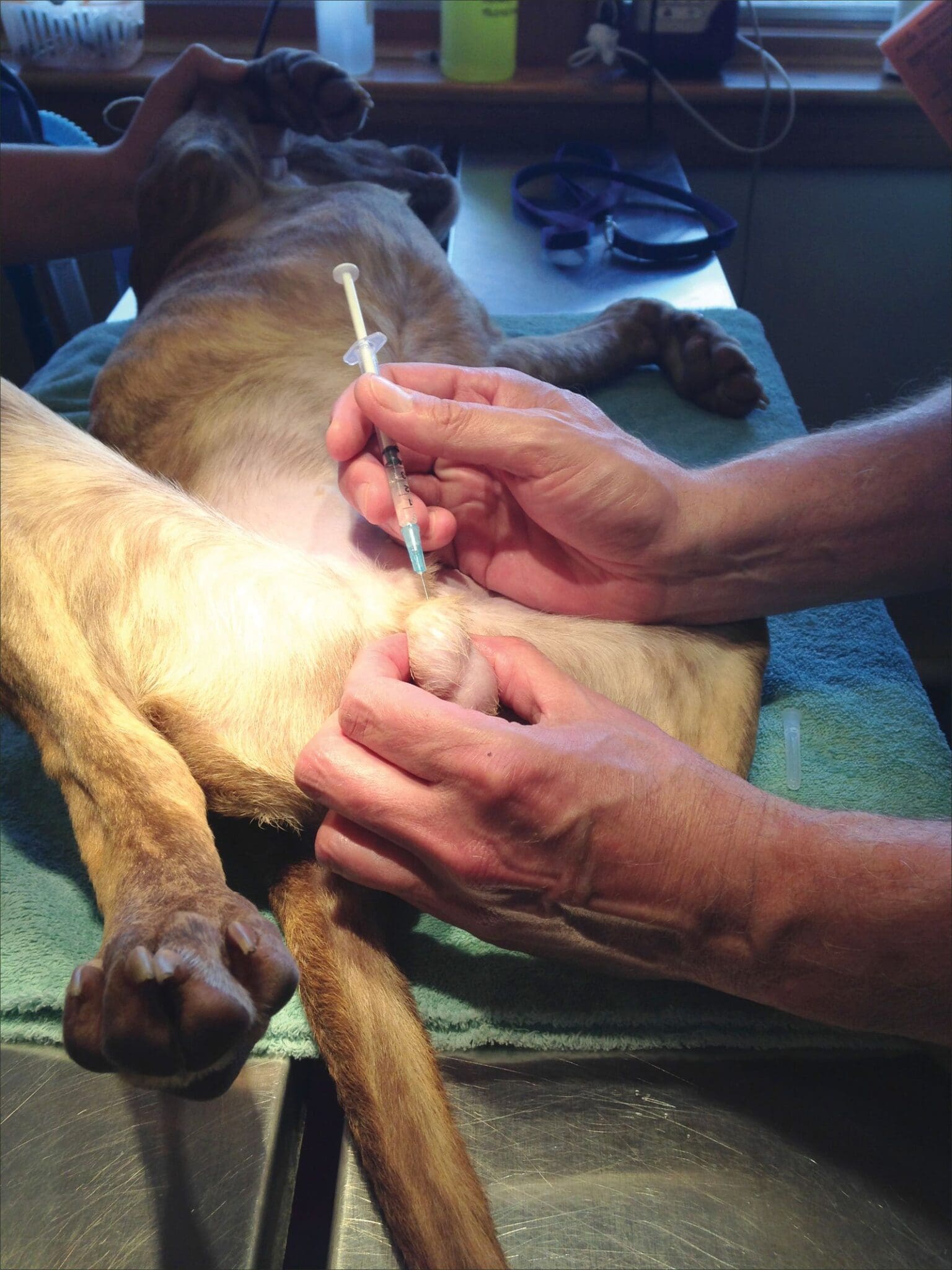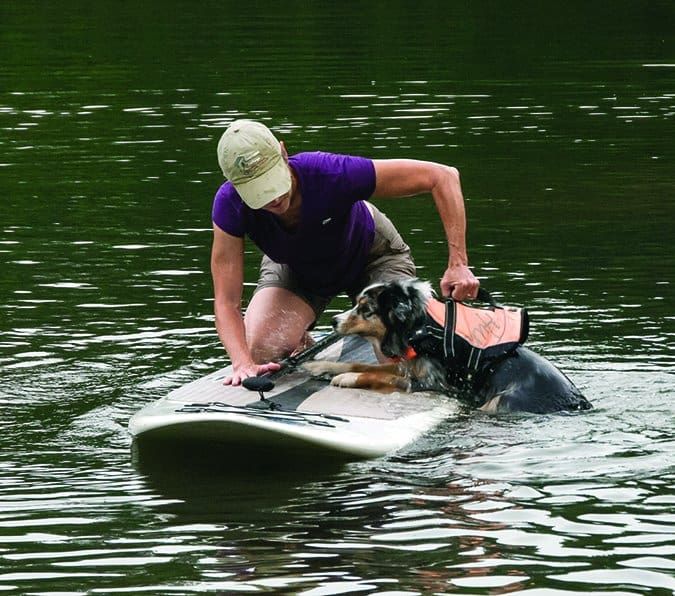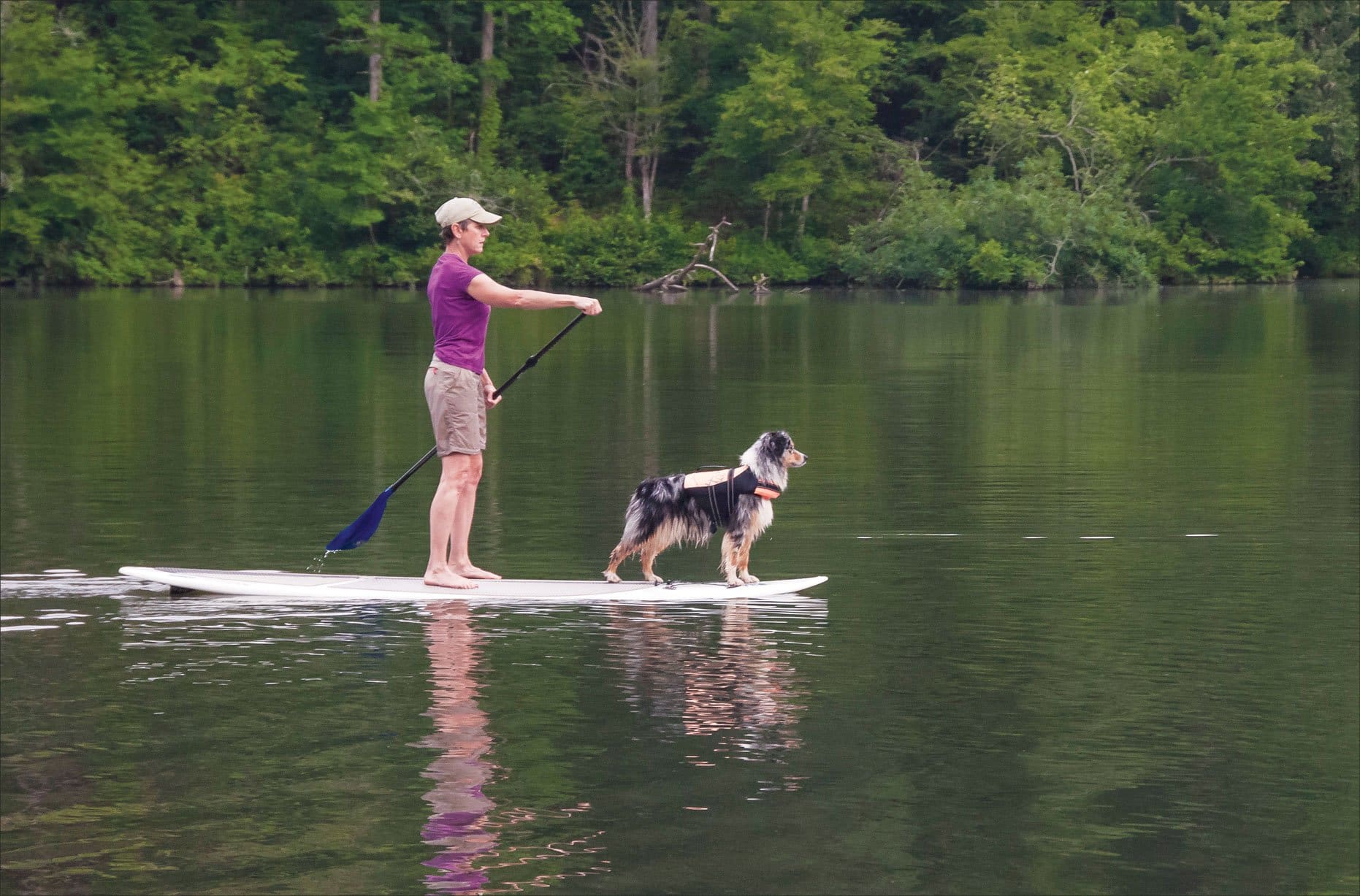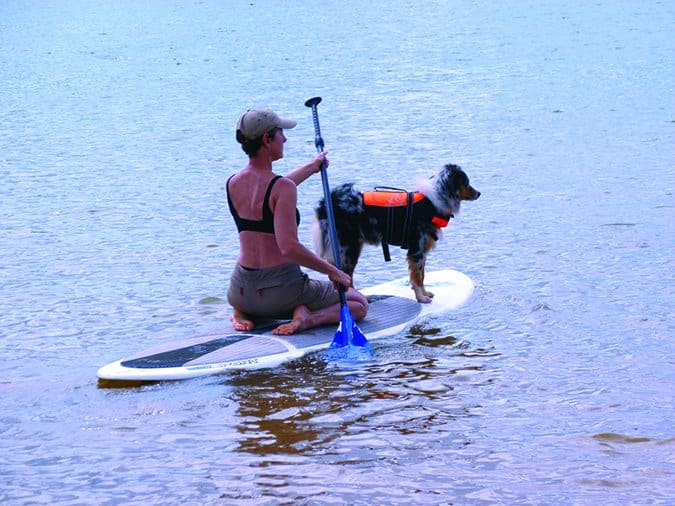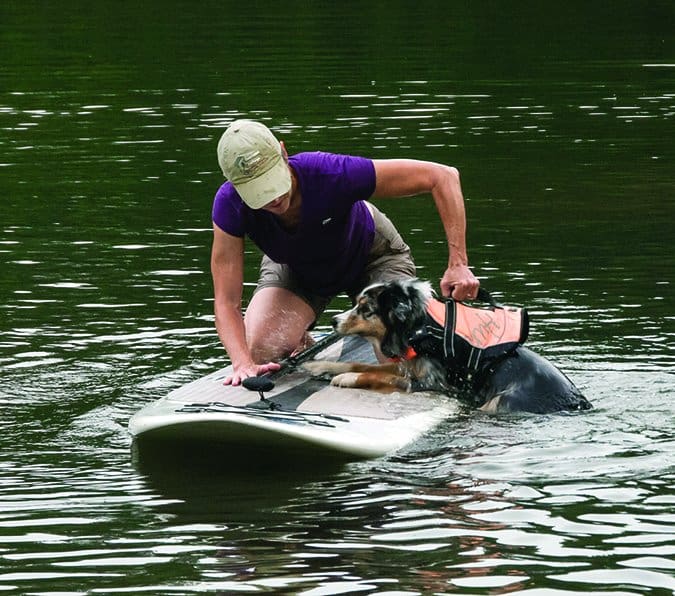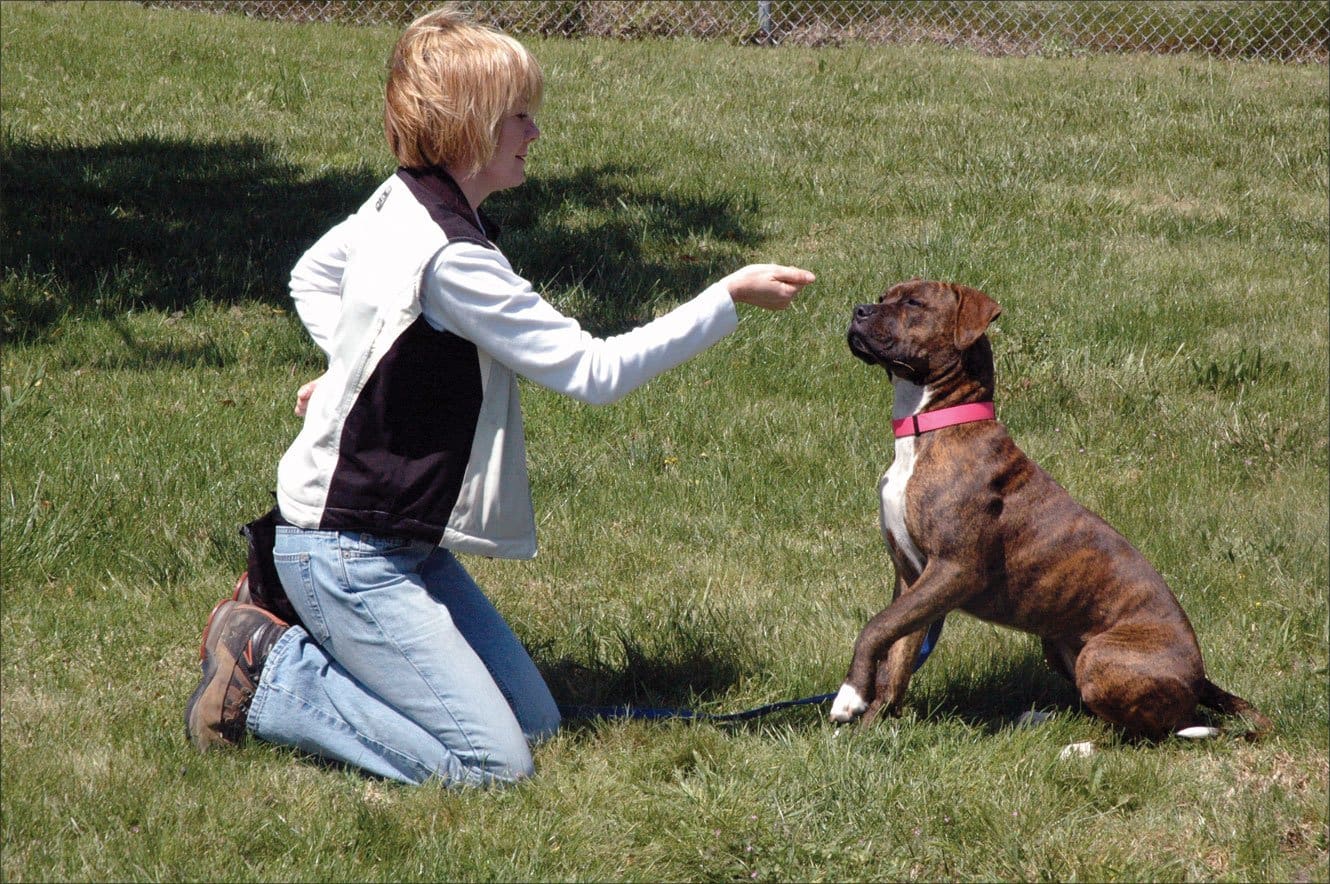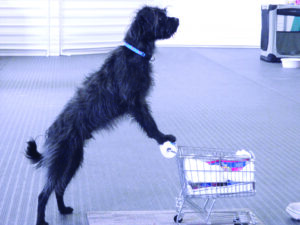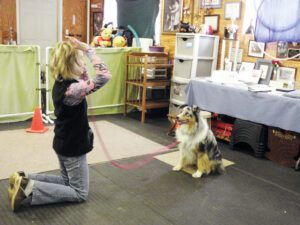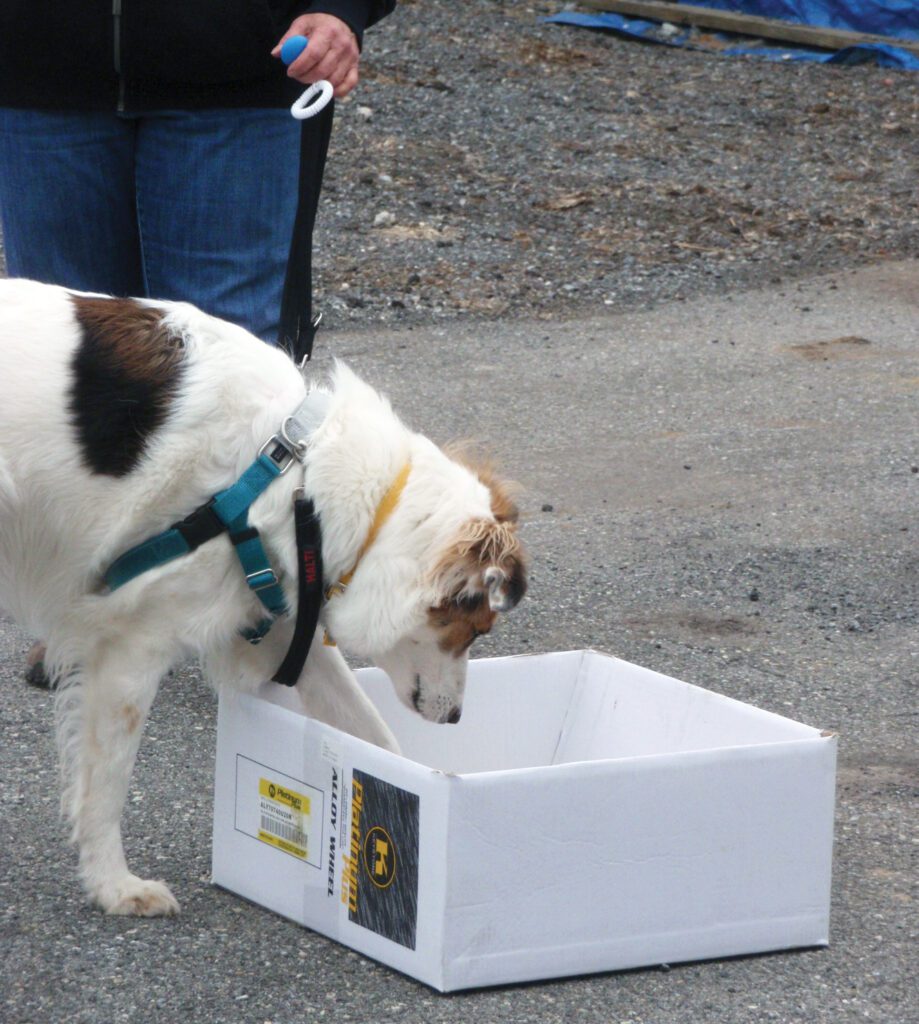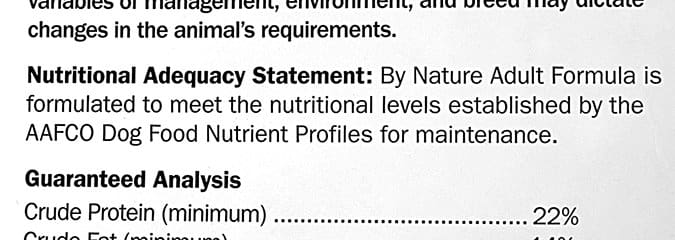Most people are familiar with the concept of a “placebo effect,” the perception that a subject’s health improved after the subject unknowingly received an inert treatment that should have had no effect on the subject whatsoever. The assumption is that because we believe that we have received an actual treatment, our mind tells us that we should feel a bit better. Then, amazingly, we do feel better. We notice a reduction in symptoms and ultimately conclude that the “medicine” must be working. The irony is that placebos actually can be powerful medicine (or something), at least for some people, for some diseases, some of the time.
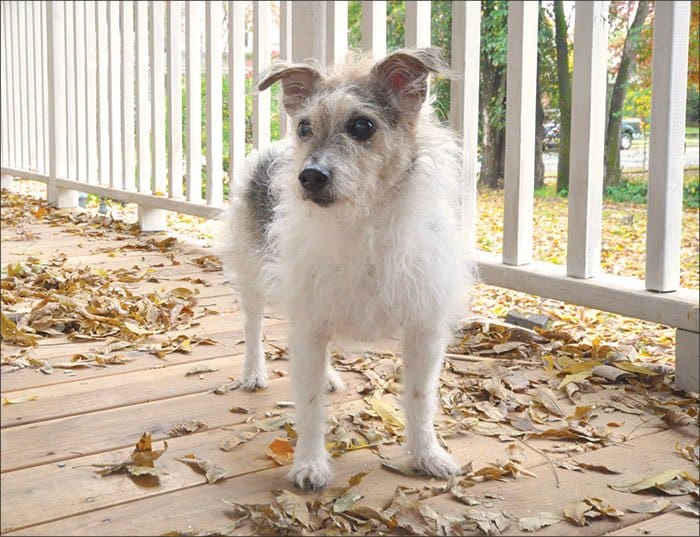
The effects of placebos in human medicine are well documented. The highest level of placebo effect is seen with diseases that have subjective symptoms that are patient-reported, difficult to measure directly, tend to fluctuate in severity, and occur over long periods (i.e., are chronic). Examples include depression, anxiety-related disorders, gastric ulcer, asthma, and chronic pain. In medical research, an average placebo response rate of 35 percent is reported, with rates as high as 90 percent for some health conditions. By any standard, that is a powerful effect!
Although the reasons that we respond to placebos are not completely understood, medical researchers universally accept the importance of considering them when studying new treatments. Studies of new drugs or medical interventions include placebos as control groups to allow unbiased comparisons with the treatment or intervention under evaluation. Any effect that the placebo group shows is subtracted from the effect measured in subjects who receive the actual medication. The difference between the two is considered to be the degree of response attributable to the treatment. If a placebo control group was not included, it would be impossible to differentiate between a perceived response (placebo) and a real response to the treatment.
Today, double-blind, placebo-controlled clinical trials are considered to be the gold standard of study designs by medical researchers. (The “double-blind” part refers to the fact that in addition to having both a placebo group and a treatment group, neither the researchers nor the subjects know which subjects receive the treatment and which receive the placebo until the trial is concluded.)
Placebos and Our Dogs
So, what about dogs? Can a placebo effect occur with dogs? Possibly, but things work a bit differently where our dogs are concerned.
The first major difference is that dogs are basically always blinded to treatments. Although they may understand that something different is being done to them (or that there is a strange pill buried in that piece of cheese), most people will agree that dogs do not understand that they are being medicated for a particular health problem or are on the receiving end of a new behavior modification approach. As a result, unlike human patients, dogs will lack the specific expectations and beliefs about health interventions that are necessary for a placebo effect to occur directly.
However, in cases where owners or caregivers are required to observe and report symptoms and changes in health regarding the dog’s response to a given treatment, a different type of placebo effect may occur – a “caregiver placebo effect.” As with human maladies, the conditions for which this type of placebo effect has been described in dogs are those that involve subjective measures of health (pain, activity level, appetite) and that have a tendency to fluctuate in severity.
When evaluating a drug for its effect on something that can be measured with objective tools, such as blood pressure, blood sugar, or hormone levels, our subjective opinion of the dog’s response is not relevant. But when the treatment is aimed at something like pain – something that can’t be easily measured with medical tests – our vulnerability to the placebo effect arises again, as recorders and reporters of our dogs’ health and symptoms. While highly communicative in many ways, dogs cannot specifically tell us what part of their body hurts, how intense the pain is, whether it is abating, or by how much. We use our knowledge of a dog’s behavior and body language for clues about how he feels – but how we feel about his situation, symptoms, and treatment may color what we “see.”
Let’s look at two situations where the caregiver placebo effect in dogs has been well observed: osteoarthritis and epilepsy.
Caregiver Placebo Effect Studied
The most common form of arthritis, osteoarthritis occurs when the protective cartilage on the ends of bones wears down over time. It’s a painful and progressive health problem that can seriously impact a dog’s quality of life. Fortunately, a variety of medical and nutritional treatments are available for afflicted dogs, including nonsteroidal anti-inflammatory drugs (NSAIDS, such as deracoxib and meloxicam), nutrient supplements (e.g., glucosamine and chondroitin sulfate), and complementary or alternative medicine approaches (such as acupuncture or cold laser therapy).
Researchers who have studied these treatments often use subjective measures of lameness in which dogs’ owners and veterinarians numerically rate their dog’s degree of pain, mobility, and interest in daily activities in response to treatment.
Some studies also include objective measurements of arthritis symptoms – such as recordings of the weight distribution of each leg while standing or the amount of force that is exerted by each limb during movement. In a “static weight bearing” test, the dog is positioned with each limb on a separate scale; dogs with joint pain usually distribute their weight in such a way as to reduce weight bearing on the limbs that are most painful and increase it on the other limbs. In a “force plate” or “force platform” gait analysis, instruments measure the force of the strike of each limb as the dog moves.
In virtually all placebo-controlled studies of osteoarthritis treatments, a substantial proportion of owners (and veterinarians!) have reported improvement in the placebo-treated dogs. However, when measured using weight-bearing techniques, far fewer dogs show actual improvement.
The study: Caregiver placebo effect osteoarthritis1 – Two researchers, Michael Conzemius and Richard Evans at the University of Minnesota’s College of Veterinary Medicine, analyzed data from the placebo control group of another study – a large clinical trial that was testing the effectiveness of a new NSAID.
All of the enrolled dogs in the NSAID study had been diagnosed with osteo-arthritis and had clinical signs of pain and changes in gait and mobility. This was a multi-centered design, which means that each dog’s own veterinarian conducted the biweekly evaluations of gait and lameness. Both owners and veterinarians completed questionnaires that asked whether the dog showed improvement, no change, or worsening signs of arthritis over a six-week period. Neither the owners nor the veterinarians knew if their dog/patient was receiving the placebo or the new drug.

Keep in mind that Conzemius and Evans had nothing to do with the NSAID study; they simply examined data from the study’s placebo control group.
Results: The ground reaction force (GRF) tests remained largely unchanged for the dogs who were given placebos during “treatment.” Of 58 dogs, five (8.6%) had GRFs that worsened over the course of treatment; seven (12%) had GRFs that improved; and 46 (79.3%) had GRFs that remained unchanged.
However, half (50 percent) of the owners whose dogs received placebos stated that their dog’s lameness was improved during the study. Forty percent reported no change, and 10 percent said that their dog’s pain had worsened.
When these owner reports were compared with actual change as measured by the force platform, the caregiver placebo effect occurred in 39.7 percent of owners.
The dogs’ own veterinarians performed no better. A placebo effect occurred 40 to 45 percent of the time when veterinarians evaluated the dogs for changes in gait or pain.
This means that not only were the owners strongly invested in seeing a positive outcome, so too were their veterinarians. This effect occurred despite the fact that all of the human participants were aware of the 50 percent chance that their dog was in the placebo group not the drug group, and that there was no way to be certain which group their dog was in.
The study: caregiver placebo effect and canine epilepsy2 – Veterinarians from North Carolina State University College of Veterinary Medicine and the University of Minnesota used an approach called a “meta-analysis,” which means that the researchers pooled and then reexamined data collected from several previous clinical trials. They reviewed three placebo-controlled clinical trials that examined the use of novel, adjunct treatments for canine epilepsy.
During the treatment periods in each of the epilepsy studies, owners were asked to record all seizure activity, including the length of the dogs’ seizures, the intensity of the seizures, and the dogs’ behavior before and immediately following seizures.
Results: The majority of owners (79%) of dogs who were (unbeknownst to the owners) receiving a placebo reported a reduction in seizure frequency in their dogs over the six-week study period. What’s more, almost a third of the owners (29%) said that the seizure activity decreased more than 50 percent, the level that was classified in the study protocols as indicative of a positive response to treatment.
Why Do Placebos Work So Well?
What’s going on? Well, several things, it appears. The most obvious explanation of the caregiver placebo effect in dogs is that owners expect a positive response when they assume an actual treatment is being administered to the dog.
Whenever we introduce a new medication, diet, or training method and anticipate seeing an improvement in our dog’s health or behavior, we naturally tilt toward seeing positive results and away from seeing no change (or worse, a negative effect). This is a form of “confirmation bias” – seeing what we expect to see and that confirms our preexisting beliefs.
In fact, an early study3 of the caregiver placebo effect in dogs found that when owners were asked to guess which group their dog was in, the owners whose dogs were actually in the placebo group but said that they were certain that their dogs were in the treatment group demonstrated the strongest positive (placebo) response.
Such expectations may be an especially strong motivator when we are dealing with maladies that have affected our dogs for a long time, conditions that infringe upon our dogs’ ability to enjoy life, and for which we feel that we are running out of options.
Osteoarthritis and seizure disorders were the conditions studied in these papers, but I can think of several other common canine health problems for which we caregivers may easily succumb to the power of the placebo effect. These include chronic allergies, adverse reactions to food ingredients, anxiety-related behavior problems, and even cancer.
Another factor that may contribute to the caregiver placebo effect is finding oneself in a state of contradiction. When we invest time and money (and hope) into a new treatment for our dogs, it follows that we will naturally have high expectations that the treatment will work. If it does not, we may experience cognitive dissonance, the uncomfortable feeling caused by holding two contradicting beliefs in one’s mind at the same time. For example, “I was told that giving my dog dried gooseberry rinds would cure his chronic itching; these rinds are expensive and hard to find. He doesn’t seem any better . . . This isn’t a good feeling.”
Psychologists tell us that our brain reduces this discomfort for us – without our conscious awareness – by simply changing our perceptions. In this case, convincing oneself that the dog does seem a bit less itchy, her coat is a bit healthier, and overall, she does really seem to be feeling better, immediately solves this problem for the brain and for our comfort level.
Finally, a related phenomenon that is common enough to have earned its own name is the Hawthorne Effect, also called observation bias. This is the tendency to change one’s behavior (or in our case, how we might report our dog’s behavior) simply as a result of being observed. The Hawthorne Effect suggests that people whose dogs are enrolled in an experimental trial may behave differently with their dogs because they know they are enrolled in a trial that is measuring many aspects of the dog’s life.
In the case of the arthritis studies, owners may have altered how regularly they exercised their dogs, began to avoid behaviors that worsened the dog’s arthritic pain, or began to pay more attention to the dog’s diet and weight.
The point is that when people are enrolled in a research trial or are starting a new medical treatment, or diet, or training program and are being monitored, they will be inclined to change other aspects of how they live with and care for the dog as well. These changes could be as important (or more important) than the actual treatment (or placebo). This is not necessarily a bad thing, mind you, but is another reason why we always need control groups. It’s important to be aware that the thing that we think is working for our dog may not actually be what’s doing the trick.
Take Away Points for Dog Owners
When trying something new with our dogs, might we, at least some of the time, in some situations, be inclined to see improvement when it does not truly exist? When interpreting our dog’s response to a novel therapy or supplement or training technique, are we susceptible to falling for the sugar pill.
It seems probable, given the science. It is reasonable to at least consider the possibility that a placebo effect may influence our perceptions of our dog’s response to a new or novel food, supplement, training technique, or treatment. This is especially true if the approach being tried has not been thoroughly vetted by research through double-blind, placebo-controlled trials.
While the development of new medications, foods, supplements, and training methods is exciting and important, we must avoid the tendency to see improvement from something that is novel simply because we expect and desire it to be so.
Cited References:
1. Conzemium MG, Evans RB. Journal of the American Veterinary Medical
Association 2012; 241:1314-1319.
2. Munana KR, Zhang D, Patterson EE. Placebo effect in canine epilepsy trials. Journal of Veterinary Internal Medicine 2010; 24:166-170.
3. Jaeger GT, Larsen S, Moe L. Stratification, blinding and placebo effect in a
randomized, double blind placebo-controlled clinical trial of gold bead implantation in dogs with hip dysplasia. Acta Veterinaria Scandinavica 2005; 46:57-68.
Linda P. Case, MS, is the owner of AutumnGold Consulting and Dog Training Center in Mahomet, Illinois, where she lives with her four dogs and husband Mike. She is the author of anew book, Dog Food Logic, and many other books and numerous publications on nutrition for dogs and cats. Her blog can be read at thesciencedog.wordpress.com.









